Start reading the preview of my book A Doctor's Journey for free on Amazon. Available on Kindle for $2.99!
Case 3 – Lipoma
(Clinical photos at the bottom of the article)
1. A lipoma is a growth of fat cells in a thin, fibrous capsule usually found just below the skin. It grows very slowly. Lipomas are the most common noncancerous soft tissue growths.
2. Lipomas are found almost anywhere in the body in both sexes.
3. One or more lipomas may be present at the same time. Some people have multiple lipomas. I have one patient whose body is covered with lipomas (see picture below). Multiple lipomas occur more frequently in men.
4. The cause of lipomas is not completely understood, but the tendency to develop them is inherited.
5. Being overweight does not cause lipomas.
6. Lipomas can occur at any age, but they’re most often detected during middle age.
7. A lipoma isn’t cancer and is usually harmless.
8. If the lipoma is in a location that bothers you, is painful or is growing, you may want to have it removed.
9. There is no known treatment to prevent lipomas.
10. A lipoma can usually be diagnosed by its appearance alone, but your doctor may want to remove it to make sure the growth is noncancerous. Often the most bothersome symptom is the location or increased size that makes the lipoma noticeable by others.
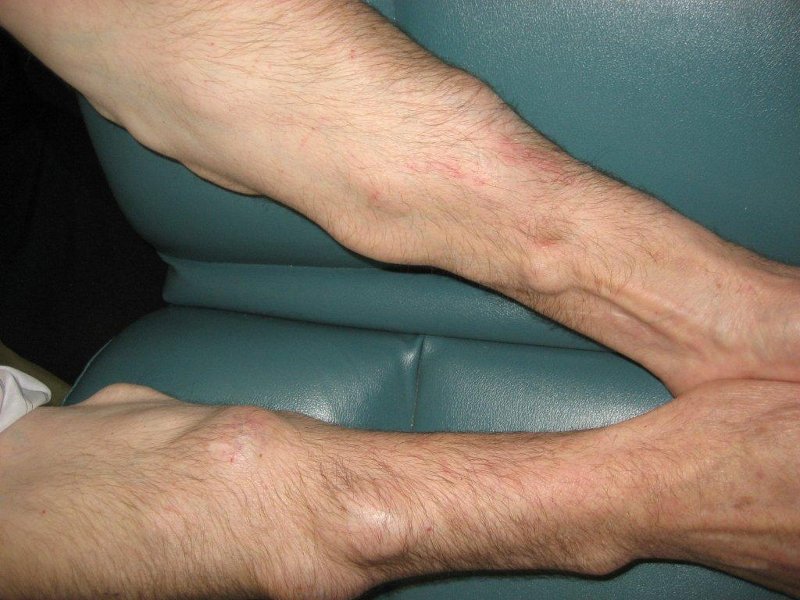
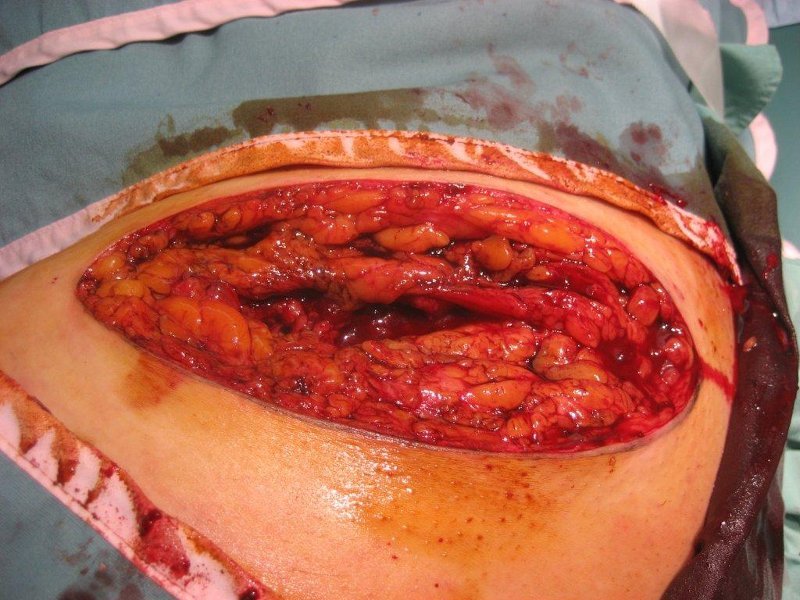
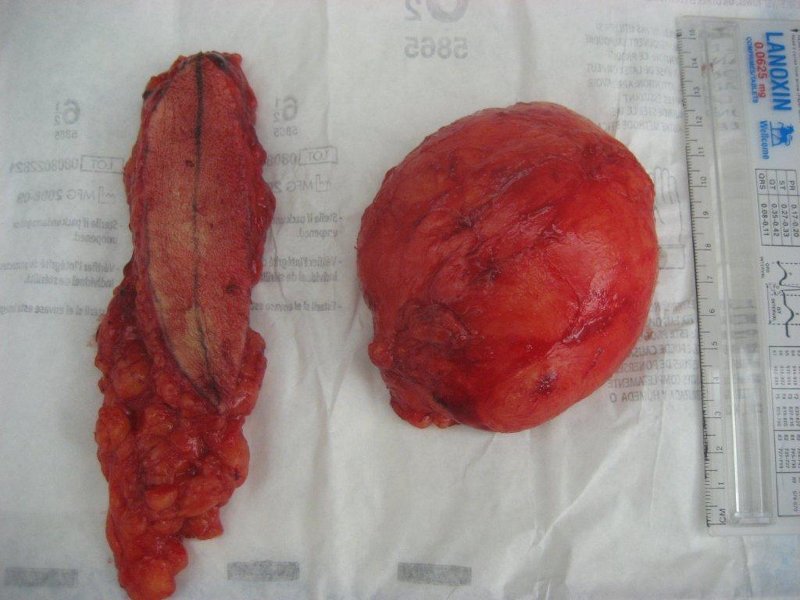
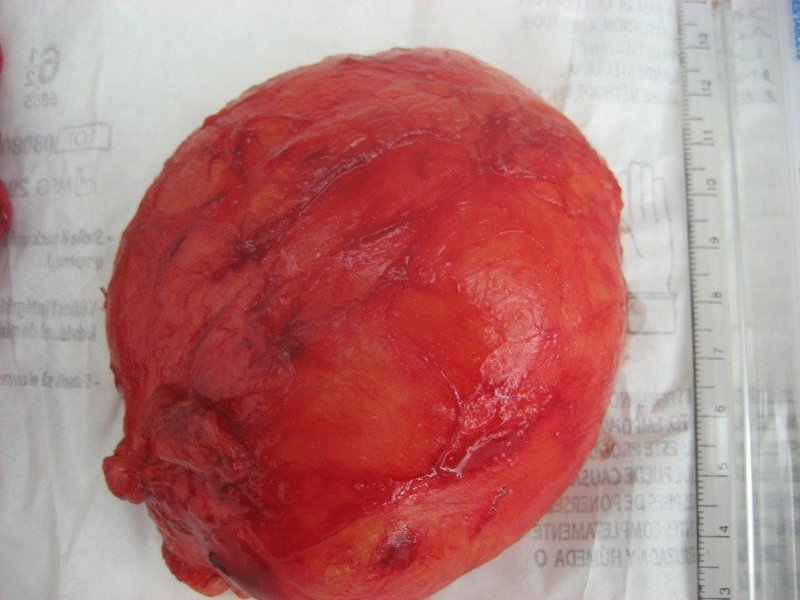
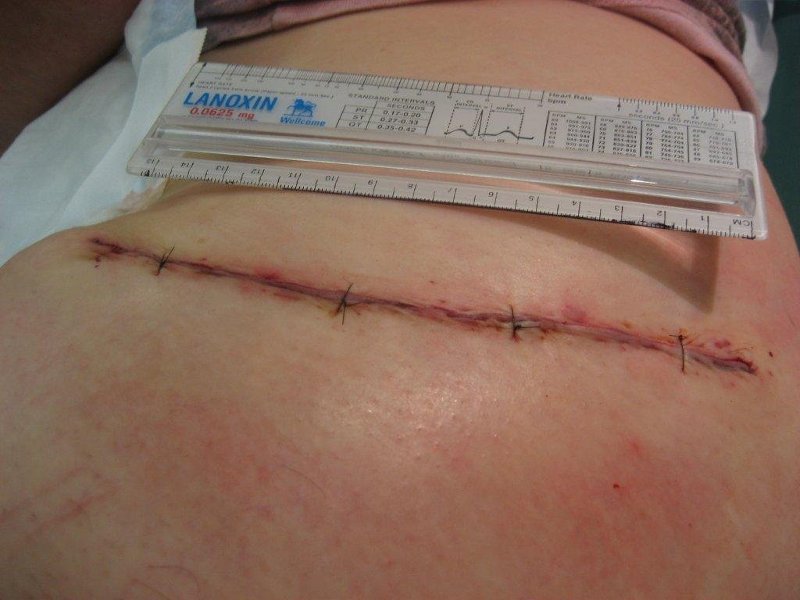

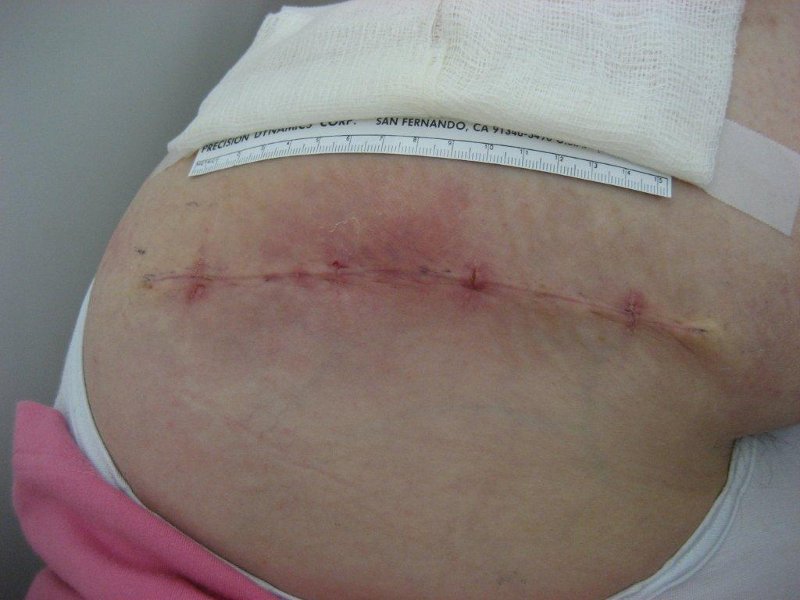
Start reading the preview of my book A Doctor's Journey for free on Amazon. Available on Kindle for $2.99!
101 on Radiation Injury and the Risk of Cancer
Do you think we are totally screwed? Almost every day there is a disaster somewhere on this planet. People are left injured, homeless or dead. But some of us are lucky to be alive and well…sort of…considering the miserable weather and the potholes we always complain about.
What is happening to Japan’s nuclear reactors is scary. Then we have experts who remind us of Chernobyl, Three Mile Island, Hiroshima and Nagasaki. As part of my research for this article, I thought I will find out more about these places where nuclear disasters have occurred.
The list is long. And the list has only reported the proximate confirmed human deaths and has not detailed ecological, environmental or long term effects such as birth defects or permanent loss of habitable land. That tells me that most of us are totally ignorant of the amount of radiation damage being inflicted on us by these nuclear reactors.
These nuclear reactors are also a great source of energy and provide us with many comforts which we take for granted. Radiation is a form of energy that is present all around us. Different types of radiation exist, some of which have more energy than others.
There are two types of radiation energy:
-Non-Ionizing radiation is low-frequency radiation that does not have enough energy to remove electrons or directly damage DNA. Low-energy UV rays, visible light, infrared rays, microwaves and radio waves are all forms of non-ionizing radiation.
-Ionizing radiation has enough energy to damage the DNA in cells, which in turn may lead to cancer. Gamma rays, x-rays, some high-energy UV rays, and some sub-atomic particles such as alpha particles and protons are forms of ionizing radiation. In general, radiation is a word used for ionizing radiation.
Due to an accident, natural disaster or by an act of terrorism the nuclear reactors are disrupted leading to environmental radioactive contamination and radiation exposure. Such a release exposes people and contaminates their surroundings and personal property. That is serious stuff. Our body can absorb small amount of radiation but severe exposure is harmful.
One aspect of radiation exposure we often forget is the low-dose ionizing radiation from the x-ray departments when we are sent there for various kinds of investigations. A recent paper in the Canadian Medical Association Journal (Mar 8, 2011) reported a study involving 82, 861 patients, 77 per cent of them had undergone at least one cardiac x-ray or treatment procedure involving low-dose ionizing radiation in the first year after a heart attack.
Patients included in the study had no history of cancer. In a 10-year follow-up, a total of 12, 020 incident cancers were diagnosed. Risk of cancer was dose dependent and had a cumulative effect.
Let me not scare you. Exposure to ionizing radiation from a single x-ray test does not pose a substantial risk to individual patients. But numerous tests can result in a cumulative exposure that represents a substantial risk to the patient. And remember, we do not have any mechanism to track cumulative doses of radiation in individual patients.
Currently, we have no way of knowing how much danger we face from what is happening in Japan. That does not mean we should not worry about it. But we should also worry about the radiation exposure from the sun, x-ray machines, cell-phones and other devices.
Start reading the preview of my book A Doctor's Journey for free on Amazon. Available on Kindle for $2.99!
Is Anal Itch Driving You Crazy?
Dear Dr. B: Anal itch is driving me crazy. I have used all kinds of stuff bought over the counter but nothing seems to help. What should I do?
Answer: I have covered this subject before but it is worth going through this again. The number of people who have this problem is amazing. It all boils down to spending little extra time and taking care of that area. Most of us take care of our mouth by regularly flossing and brushing, getting a dental check and seeing a dental hygienist on a regular basis. But we do not do all that for our rear end. Why? A finger is scarier than a dentist’s drill?
Anal itch or some people may call it rectal itch is also known as pruritus ani (proo-rí-tus a-ní). It is a fairly common condition. Most people think that the reason they cannot stop scratching their butt is because of hemorrhoids. But there is more to itchy butt than you think.
There are several benign conditions which can cause anal itch. Conditions to keep in mind are hemorrhoids, fecal incontinence of varying magnitude and severity, anal fistulae (leaking pus and stool) and condylomata (anal warts). Anal fissures are very painful but may be a cause of anal itch in chronic cases.
Other benign conditions which can cause anal itch are contact dermatitis, fungal infections, diabetes, pinworm infections, psoriasis and seborrhea (dermatitis of the oil glands).
A common cause of anal itch is excessive moisture in the area. Moisture may be due to perspiration or a small amount of residual stool around the anus. Itching can be made worse by scratching, vigorous cleansing of the area or overuse of topical treatments. Use of dry rough toilet paper can be another source of itch. You might as well use sand paper (just kidding!).
In some individuals, itching can be caused by eating certain foods, smoking and drinking alcoholic beverages, especially beer and wine. Examples of food items associated with anal itch are coffee, tea, carbonated beverages, milk products, tomatoes and tomato products such as Ketchup, cheese, chocolate and nuts. That is hell of a list. If you are over indulging in any of these items then you may know where the problem lies.
Cleanliness is next to godliness, so once a person develops the itch there is a tendency to wash the area vigorously and frequently with soap and a washcloth. This almost always makes the problem worse by damaging the skin and washing away protective natural oils. God will not be happy with that.
What about cancer? Yes, we have to keep that condition in mind. You may recall, Farrah Fawcett, one of the Charlie’s Angels, was diagnosed with anal cancer in 2006. Subsequently she died from that condition.
If you have anal itch, then talk to your doctor and get the area thoroughly checked.
Treatment depends on the cause of the problem. Besides that there are things you can do. Try dietary modifications. Avoid moisture in the anal area by using cotton balls, gauze or corn starch powder. Avoid further injury to the area by avoiding soap of any kind and do not scrub the area. For hygiene, it is best to rinse with warm water and pat the area dry. Use wet toilet paper, baby wipes or a wet washcloth to blot the area clean. Never rub.
Start reading the preview of my book A Doctor's Journey for free on Amazon. Available on Kindle for $2.99!